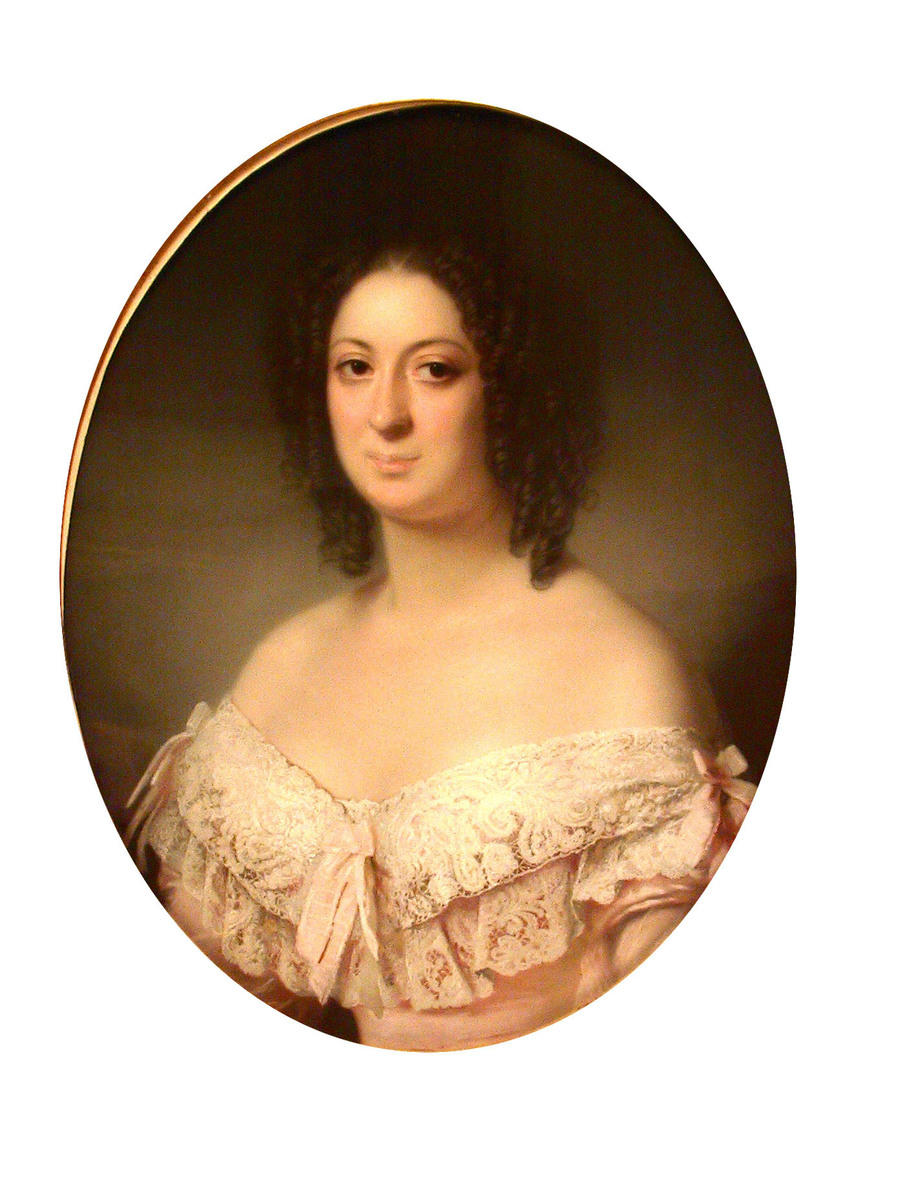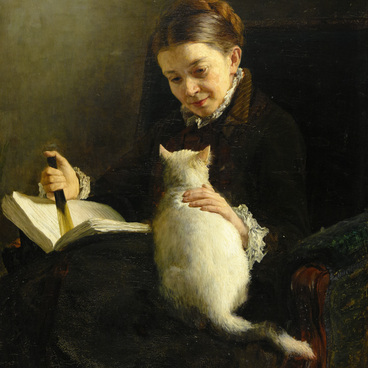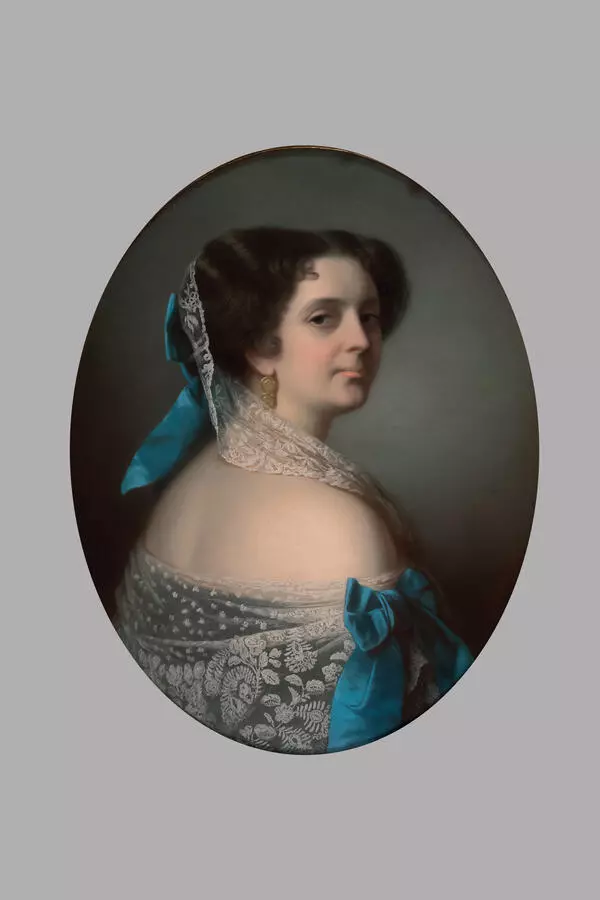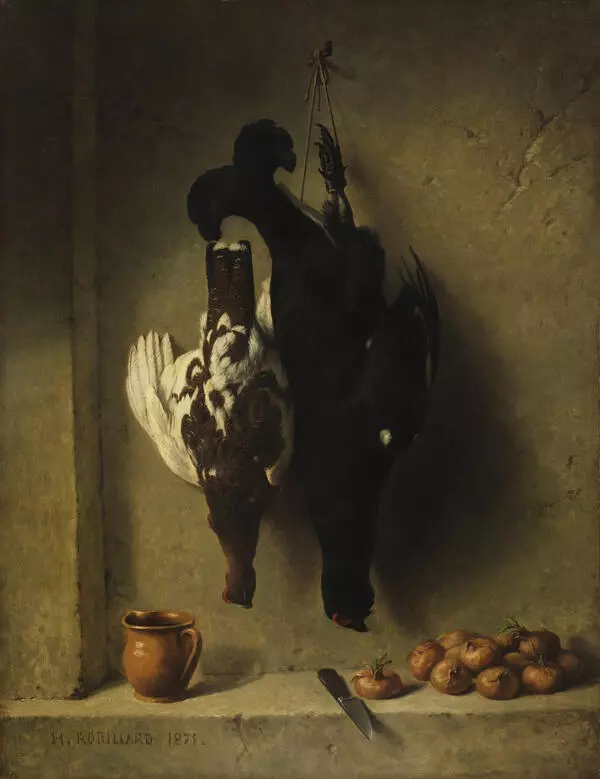The personality and work of the artist Hippolyte Robillard (his full name in Russian — Ippolit Ippolitovich Robillard) still arouse the interest of researchers, but at the same time little is known about his life. In fact, art historians are limited to sketchy information about his various works which are scattered around museum collections. It is possible that they include canvases attributed to the artist, who did not always leave his signature.
It is known that Hippolyte Robillard exhibited his works at the Paris Salon in 1831–1841. He attracted the attention of Emperor Nicholas I and, together with other French artists, was invited to create lithographs from works housed in the Hermitage.
The Hermitage paintings reproduced by him in 1842–1846 were included in the publication “Emperor Alexander I and His Associates in 1812, 1813, 1814 and 1815. The Military Gallery of the Winter Palace, published with the highest permission and dedicated to His Imperial Majesty the Emperor.”
Hippolyte Robillard was a portraitist. He worked mainly in the pastel technique, and created a number of portraits of representatives of the Russian aristocracy in 1847–1875. He also painted still lifes and genre scenes. In 1853, he was recognized as an honorary free artist of the Imperial Academy of Arts for the eight pastel portraits he presented. In the late 1850s, he took up photography. He had his own photo studio in St. Petersburg. The works of Hippolyte Robillard are kept in museums in Kaluga, Moscow, St. Petersburg, Ryazan, Ulyanovsk, and Kharkiv.
The oval portrait of a woman was part of the collection of Nikanor Ivanovich Vasiliev, the founder of the Kaluga Museum of Fine Arts, who made an invaluable contribution to the development of Kaluga and the Kaluga Region. This work was mistakenly believed to be a portrait of Empress Alexandra Feodorovna. The oval portrait of a woman is a brilliant example of European salon portraiture, created by the experienced hand of the French artist who mastered a complex artistic technique. It perfectly conveys the elegance of the human body, the individual character, and the finest lace of rich outfits. The color palette is based on a harmonious combination of light and dark tones.
It is known that Hippolyte Robillard exhibited his works at the Paris Salon in 1831–1841. He attracted the attention of Emperor Nicholas I and, together with other French artists, was invited to create lithographs from works housed in the Hermitage.
The Hermitage paintings reproduced by him in 1842–1846 were included in the publication “Emperor Alexander I and His Associates in 1812, 1813, 1814 and 1815. The Military Gallery of the Winter Palace, published with the highest permission and dedicated to His Imperial Majesty the Emperor.”
Hippolyte Robillard was a portraitist. He worked mainly in the pastel technique, and created a number of portraits of representatives of the Russian aristocracy in 1847–1875. He also painted still lifes and genre scenes. In 1853, he was recognized as an honorary free artist of the Imperial Academy of Arts for the eight pastel portraits he presented. In the late 1850s, he took up photography. He had his own photo studio in St. Petersburg. The works of Hippolyte Robillard are kept in museums in Kaluga, Moscow, St. Petersburg, Ryazan, Ulyanovsk, and Kharkiv.
The oval portrait of a woman was part of the collection of Nikanor Ivanovich Vasiliev, the founder of the Kaluga Museum of Fine Arts, who made an invaluable contribution to the development of Kaluga and the Kaluga Region. This work was mistakenly believed to be a portrait of Empress Alexandra Feodorovna. The oval portrait of a woman is a brilliant example of European salon portraiture, created by the experienced hand of the French artist who mastered a complex artistic technique. It perfectly conveys the elegance of the human body, the individual character, and the finest lace of rich outfits. The color palette is based on a harmonious combination of light and dark tones.






